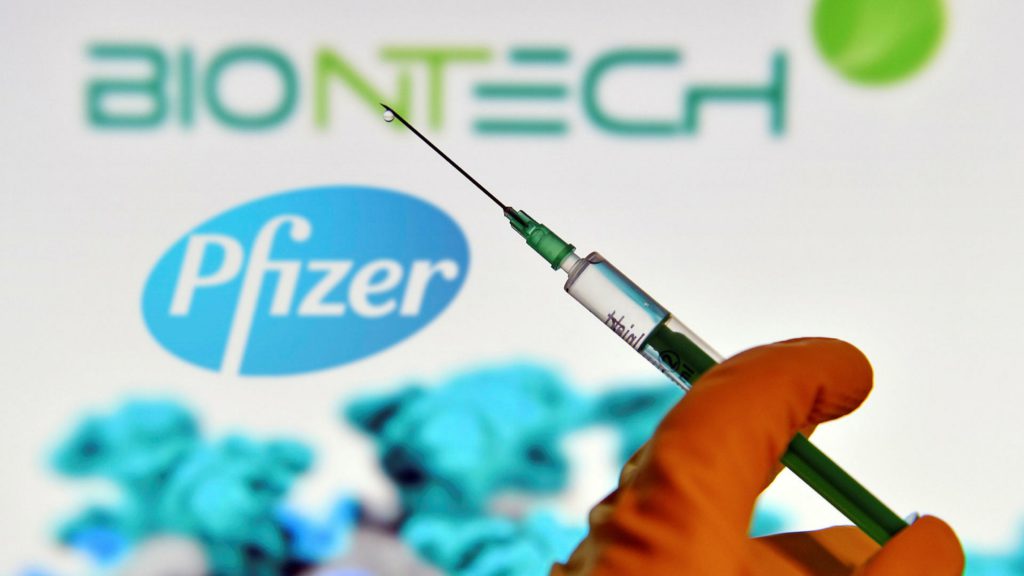The different types of COVID-19 vaccines: “you get what you get, and don’t get upset”

The COVID-19 vaccine roll-out has been a massive undertaking of epic proportions. States have scrambled to put in place algorithms and plans on how to best utilize their vaccine resources. Group-by-group, tier-by-tier, various essential workers and at-risk groups are being offered whatever vaccines are currently available- whether it be from Pfizer or Moderna. Even within my own healthcare work setting, there has been an even mix of individuals who received either the Pfizer or Moderna shot. Both are pretty similar- reliant on the same mRNA technology, requiring 2 doses 3-4 weeks apart, and having a high rate of efficacy.
There are several other vaccines in the pipeline which are likely to obtain emergency use authorization approval by the FDA in the coming weeks and it is important for us all to become familiar with the various vaccines that will be offered in the very near future. Which vaccine you are offered is very unlikely to be a choice. It will depend on what is available to you at that given time. It is important to know that while there are differences in their mechanisms and rates of efficacy, all of the approved vaccines will protect you from serious illness, hospitalization, and death from COVID-19.
The common thread among all of these vaccines is that they provide the body with a ‘sneak peak’ of the COVID-19 virus, so that it can create antibodies that defend body against future COVID-19 infections. So far, all of them are administered via intramuscular injection and require 2 doses, except for the Johnson & Johsnon vaccine which is a single dose intramuscular regimen.
Here is a breakdown of the various types of COVID-19 vaccines that are available and/or in development and likely soon to be available:
- mRNA vaccines – i.e. Pfizer and Moderna vaccines
Messenger RNA (mRNA) is delivered to cells where it provides instructions on how to produce the SARS-CoV-2 virus spike protein (the outer coating of the virus). These proteins are detected by the immune system which then triggers the production of antibodies against the spike protein.
Pros: safe, not a live virus protein (cannot cause infection), mRNA is rapidly degraded and will not linger in your body. A major upside to these vaccines are that they are highly effective (95% effective) in preventing illness after the second dose.
Cons: mRNA is rapidly degraded, so these vaccines are hard to store – they must be kept at extremely cold temperatures. Also a ‘perceived con’ is that mRNA vaccines have never been used for prevention of any prior diseases, which has served as a barrier to some trusting the vaccine and being willing to accept it, despite robust clinical trials and safety data.
2. Whole virus vaccines– i.e. Sinopharm, Sinovac
These vaccines are made up of weakened, inactivated virus that cannot infect cells, but can prime the immune system to respond to any future exposures. Because the virus is inactivated, this vaccine can be used by people with suppressed immune systems. This type of vaccine is already well established. Examples of currently existing whole virus vaccines are Hepatitis A, polio, and rabies’ vaccines.
3. Non-replicating viral vector vaccines – i.e. AstraZeneca, Johnson & Johnson
These vaccines use another virus, which has been modified so that it can no longer replicate on its own once inside cells, to deliver a genetic code to cells, instructing them on how to make the coronavirus spike protein. In the case of the AstraZeneca vaccine, a common cold in chimpanzees is used to deliver the genetic code for the spike protein. Once the body makes large amounts of the spike protein, it is recognized by the immune system and targeted by the development of specific anti-spike protein antibodies. These vaccines are well-established – this was the type of vaccine developed against Ebola. It is thought to produce a strong immune response due to the development of both B cells and T cells. The major downside is that prior exposure to the virus (common cold) which is used to ‘deliver’ the genetic code for the spike protein, could reduce effectiveness of the vaccine.
**The Johnson & Johnson vaccine uses this same technology, except Adenovirus 26 (human common cold) is used to deliver the genetic code for the spike protein. A major advantage of this vaccine is the single-dose regimen, which confers ~66% efficacy. These vaccines can be stored at a normal temperature.
4. Protein subunit – i.e. Novavax
These vaccines use purified portions of the virus, versus the entire virus, to elicit an immune response. This approach may minimize vaccination side effects and is safe for anybody with a compromised immune system. This type of vaccine is well-established technology and is commonly used for prevention of shingles, Hepatitis B, and bacterial meningitis and pneumonia.
HERE’S THE GOOD NEWS…
On an extremely positive and uplifting note, ALL of the studied vaccines, thus far, prevent death and serious hospitalization. Of the approximate total of 75,000 people have received one of the 5 main vaccines (Pfizer, Moderna, AstraZeneca, Novavax, J&J), NOBODY has died from COVID-19 and very few have required hospitalization. There have been no hospitalizations lasting longer than a month. If vaccination doesn’t prevent infection entirely, at the very least it transforms COVID into a milder illness which is much easier to fight off. This is an important distinction as there has been much chatter about the difference in efficacy between specific vaccines. In the vaccine trials, efficacy is defined as preventing any and all illness, it is not defined as preventing hospitalization or death.
If we can completely prevent serious hospitalizations and deaths in all vaccinated individuals, regardless of which vaccine they are administered, we can put a swift end to this pandemic and relegate COVID-19 to the roster of common, seasonal cold and flus that we are well equipped to handle.
My name is Lucky Sekhon and I'm a double board-certified OBGYN, and Reproductive Endocrinologist & Infertility specialist practicing at RMA of New York. My mission is to empower women with practical and scientifically accurate information to make the right fertility decisions for themselves.
Follow me on Instagram to keep up to date with my fertility related posts and content.

